Watch me and Internet pioneer Vint Cerf discuss the future of the Metaverse at Disruptive Technologists NYC.
Disaster Planning at Woodstock – 50 Years in Review
Article updated on the event’s 50th Anniversary with images from Woodstock then and in 2011 when this piece was first published.
August 30, 2011
This past weekend, while Irene was threatening the East Coast, my husband and I were in the Catskills for visiting day at our daughters’ summer camp. We decided to extend our stay through Monday to avoid the surge and inevitable traffic delays following the storm’s projected landfall in New York City on Sunday.
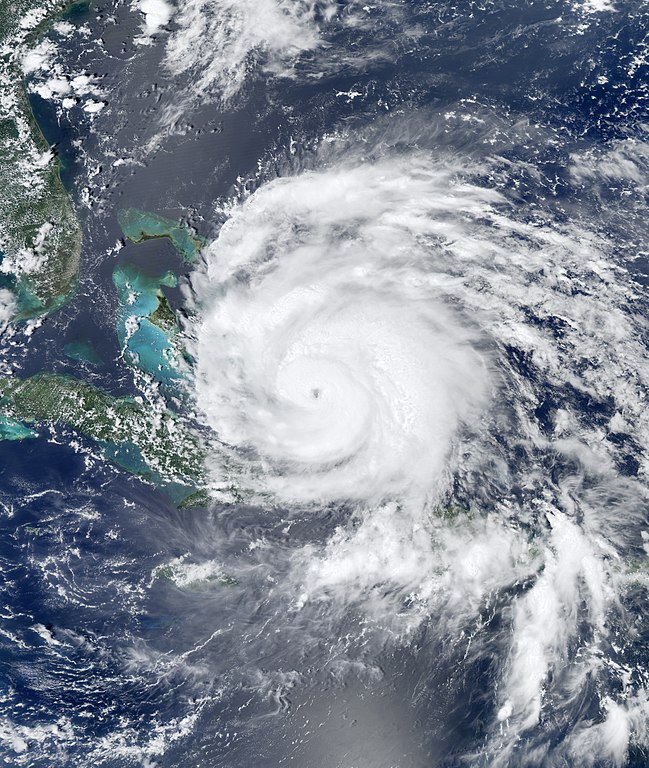
Rather than avoid trouble, we found ourselves in the middle of it, as the Catskills experienced some of the worst storm-surge damage in the country: downed trees, road blocks, raging forest streams. If fact, a large white pine at the inn where we were staying fell inches from our unit’s porch, bringing several smaller trees down with it.
When it was safe to venture out, a trip to the Bethel Woods Museum at Bethel Woods Performing Arts Center, site of the 1969 Woodstock festival, interestingly, provided some perspective on disaster planning in the area.
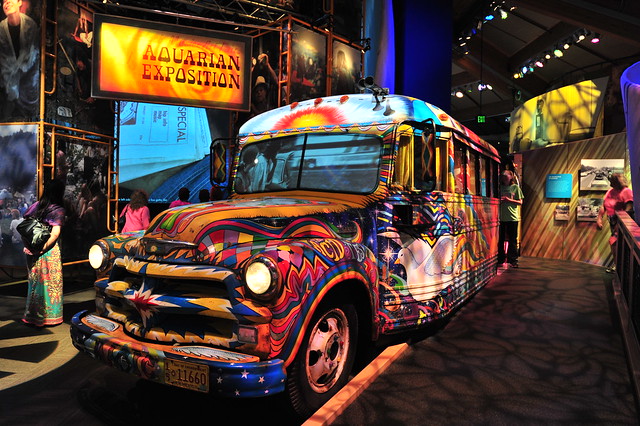
The Woodstock Music & Art Fair was held from August 15-18, 1969 at Max Yasgur‘s dairy farm in the hamlet of White Lake, Town of Bethel, Sullivan County, NY. We passed Yasgur’s farm several times while exploring the area’s restaurants and outdoor recreation facilities.
The area is marked by rolling pastures and clear lakes reflecting big white clouds in deep blue skies. Aside from a very visible lawn signs either declaring “No Fracking!” or “Friends of Natural Gas,” it seems little has changed in forty some years.
Museum artifacts on the planning of the Woodstock festival showcased the local debate regarding the chosen site of the concert. With over 200,000 tickets pre-sold, planning for traffic and security was a huge concern, as was local opinion on exactly what the festival was to be.
The festival organizers had mere days to move from Wallkill, NY where local opposition succeeded in preventing it from being held there to White Lake, where the Bethel Town Supervisor approved the plan despite some local protest. Newspaper articles and advertisements documented the debate.
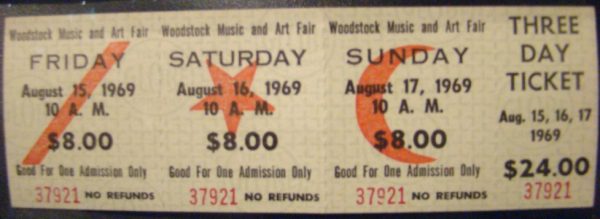
Also on view were documents from the local Sheriff’s department outlining traffic and security plans and telegrams to other county departments requesting additional coverage. Handwritten notes and official telegrams from Allegheny County and other Sheriff departments indicated a shortage of officers. All stated that they could not spare any men.
Traffic was beginning to get backed up days before the concert started so that it became impossible to get close to the festival site. People were leaving their cars on the highway and walking the rest of the way to the concert. Performers were flown in and out again by helicopter.
An estimated 400,000 people were in attendance at the concert’s peak.
Then there came the rain. Though not hurricane force, the rains that fell on the Woodstock festival and in the week leading into it created saturated conditions, muddy roads and an already difficult traffic situation.
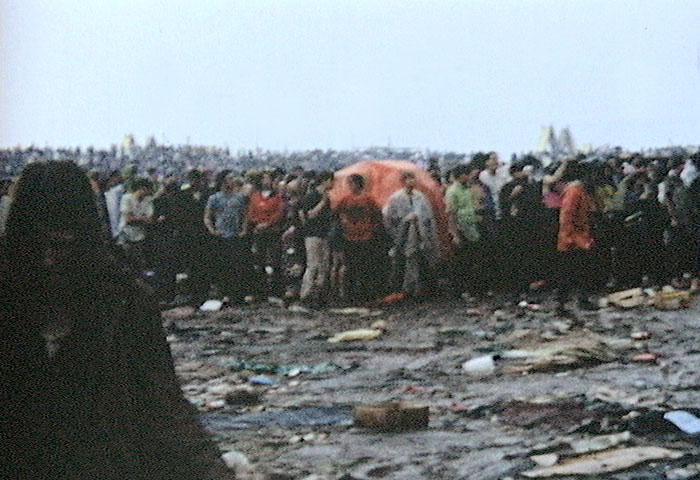
Officials had called in 150 state troopers, and deputies from adjacent counties ultimately did pitch in to direct traffic away from the area. The Evening News of Newburgh, NY reported that by the last day of the festival, mainly due to a lack of food and unsanitary conditions, the crowd had dispersed to only 10,000 and no traffic jams were reported.
This weekend’s storm called for similar measures, but on a much smaller scale. As we left the area, we noted state troopers and national guardsmen directing traffic near the interchanges of Route 17, I-87 and Route 6. Southbound traffic on I-87 was closed above the Tappan Zee Bridge and it was an hour drive between Route 17 and our usual favorite route, the Palisades Parkway.
At the Route 6 traffic circle near Bear Mountain, the Sloatsburg exit was entirely washed away.
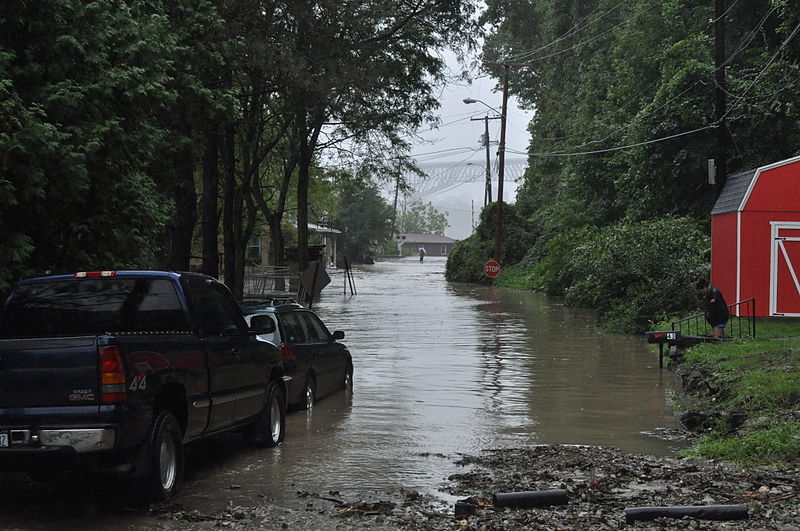
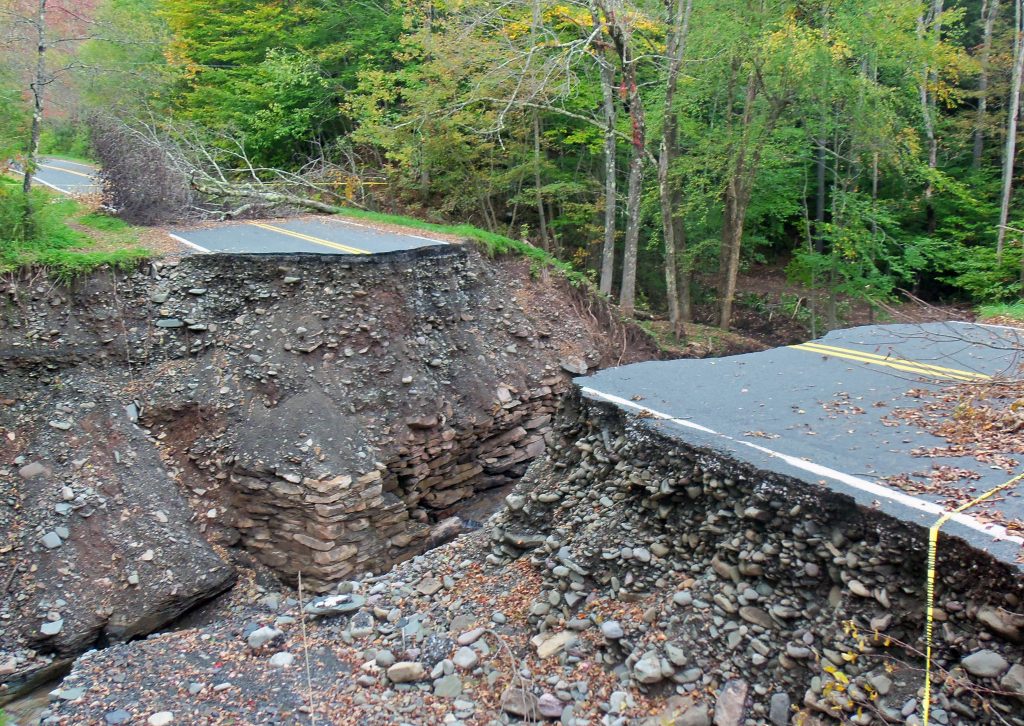
Could the traffic situation have been prevented? In 1969, the Sullivan County Sheriff’s Department was working with an estimate of 50,000 concertgoers, a figure provided by the promoters that was 150,000 short of pre-sales figures.
From what I’ve seen from this weekend’s rains, emergency services would already have been taxed from heavy rains and flooding in the region. Had they known that attendance would approach half a million people, it is likely that the concert would have been called off. That said, I doubt it would have stopped the hundreds of thousands of people from coming.
Map Mosaic: From Queens to the World
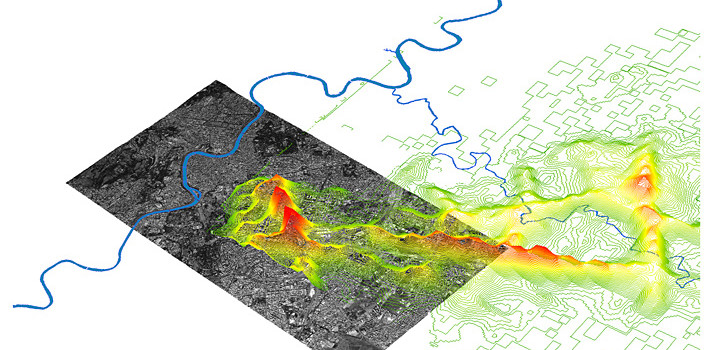
Amy Jeu and I curated a weekend exhibit, Map Mosaic: From Queens to the World, on October 29-30, 2016 at the Queens Museum celebrating the map-making community. The event featured talks and demonstrations as well as a hall dedicated to paper and digital maps submitted from the private collections of members of the GISMO community. These maps represent a wide range of themes including the diverse Queens neighborhood and demographics, urban planning, environmental studies, election analysis and more.
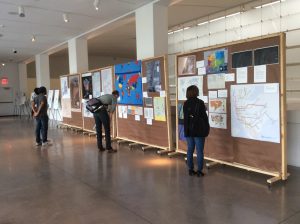
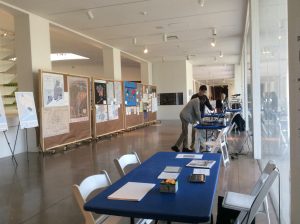

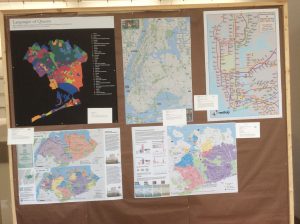
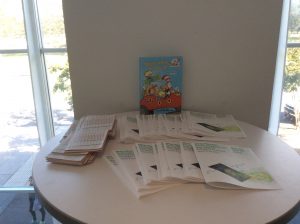
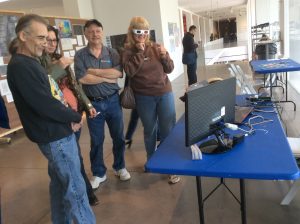
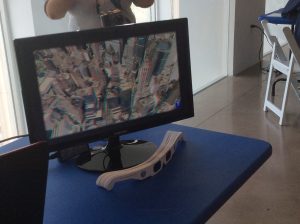
My Submissions
For my contribution to the exhibit, I created a cutout map of the 1964 World’s Fairgrounds to teach children how map layers work in GIS. This series of maps, printed on acrylic transparency sheeting can be stacked to show through various layers: Base Map, Parks, Buildings, Streets/Paths. We also provided additional paper and colored pencils for children to use. This activity helped younger visitors to understand the concept of map layers in GIS.
Because the event was held over Halloween weekend, I also contributed a set of themed maps with Halloween parade routes and a “Crime of the Century” story map retelling the activities from the 1934 Ice House Heist in Brooklyn and Upper West Side Manhattan. The piece included reproductions of aerial photographs from the time period.
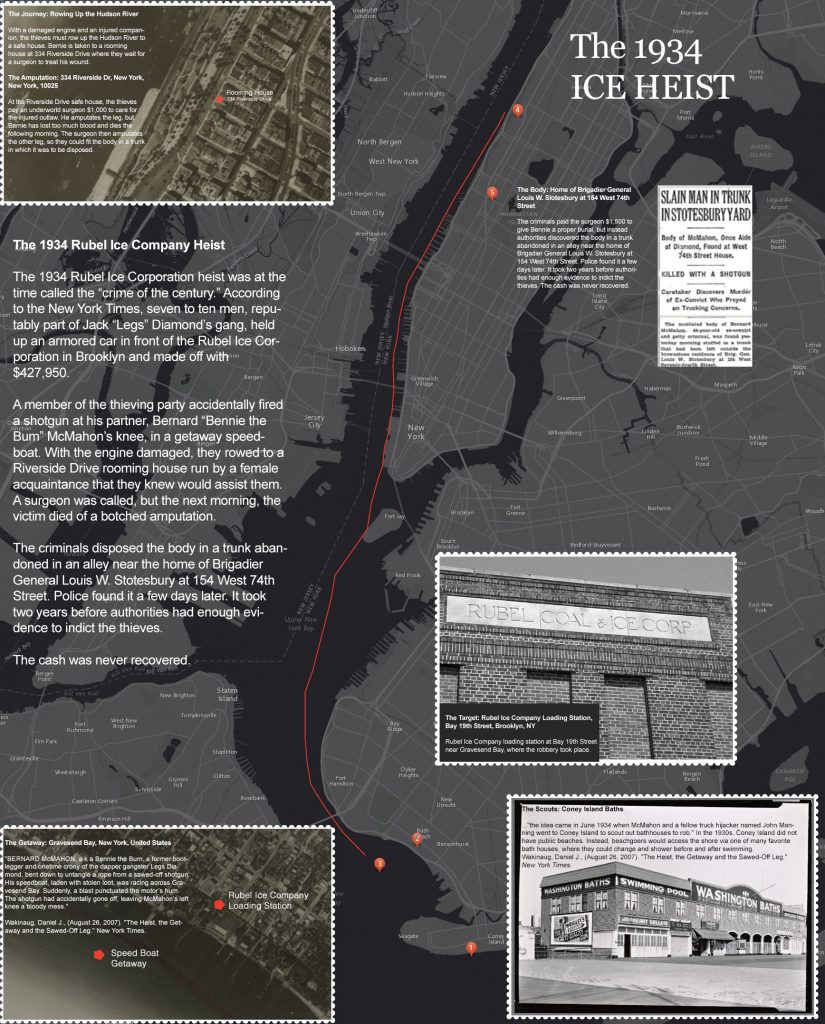
Documentation
Each item in the exhibition included a placard indicating the name of the mapmaker, the materials used and a brief description of the subject. We used icons to indicate whether an interactive version was available at the computer stations or that the mapmaker is also a speaker in our forum.

Interactive Map

Speaker
Amy Jeu created the flyer and copy for the exhibit which was published on the Queens Museum website and the signage used for the exhibit and presentations. I created the placards and the online exhibit catalog.
Archive
The Map Mosaic event was privately curated. Queens Museum published an announcement and the exhibit catalog and list of interactive maps are available at GISMO’s Website. The acrylic manipulative work is located in the GISMO archive. All maps produced by the NYC Office of Emergency Management were donated to the Queens Museum and all other, individual artwork was returned to the artists.
Queens Museum Website Announcement
Exhibit Catalog
Interactive Maps
NYPL Open Book Hack 2015
For the 2015 edition of the NYPL Open Book Hackathon, I participated with a team that was interested in pulling poetry out of Project Gutenberg and creating a user dialogue with a goal toward creating a custom book of poems, based on user preferences. We started out calling it “Pandora for Poetry,” but settled on Musapaedia to avoid obvious copyright issues.
Image Source: http://en.wikipedia.org/wiki/File:Musapaedia.pdf
With Musapaedia:
User can (possibilities)
-
Upload/enter a poem and get a set of poems in custom e-book or web“experience”
-
Choose a set of attributes and get a set of poems in custom e-book or web“experience”
-
Use up/down vote system to determine what kinds of poems that come up
User Experience:
-
Poem “mood”, color/image changes with type of poem
Since this year’s edition of the hackathon was one day as opposed to two, we had much less time to complete the project than previous years, but we were able to create a sample user interface and code the processes that extract the poems. Our team will continue to work on this and hopefully release a working application soon.
Final code we completed today is on GitHub!
https://github.com/rossgoodwin/musapaedia
Team:
Ross Goodwin Ross.goodwin@gmail.com
Noreen Whysel nwhysel@gmail.com
Vimala Pasupathi vcpasupathi@gmail.com
Clarisa Diaz clarisadiaz@gmail.com
Rike Franklin rikefranklin@gmail.com
Beth Dufford emdufford@gmail
Stephen Klein stepheniklein@gmail.com
Fall Projects in Digital Archives
This Fall I participated in two digital archives projects, where I served on the metadata team. The first was an oral history archive for dance journalist, Barbara Newman, who had a collection of interviews from the 1970s to this past year, in which she spoke with dancers, choreographers and others affiliated in the dance community. The interviews were primary sources for Ms. Newman’s book Grace Under Pressure. The website, Dance Dialogues, is a compilation of interviews from several of her books. I participated on the metadata team, where we ensured that our classmates’ records were properly tagged with our selected schema. I also digitized interviews with Mark Morris and tagged and uploaded interviews with Katie Wade and Robert Denvers.
The second project was for the American Jewish Historical Society and the Center for Jewish History with their Jews in America project. The goal of the project is to create a gateway to Jewish heritage artifacts at institutions across the United States. My team selected the Charleston College Low Country Digital Library, which has a rich collection of oral histories and papers from American Jewry in the Charleston region. We selected collections from LCDL that best fit the Jews in America vision, harvested metadata and URLs from the collection and delivered it to AJHS for inclusion in their database. I recently ran into Susan Malbin at the 2nd Annual METRO Conference, who told me that the Charleston team was one of two of the four class projects that would likely be included in the Jews in America repository. Congrats, Team!
Summer School
My summer involved a full set of research courses, including Museums & Library Research at the Metropolitan Museum of Art, Researching Local Histories and the Summer Map Institute at NYPL. The workload was a bit heavy due to the fact that the MetMuseum course was not actually a two week course, as noted in the bulletin, but two weeks of seminar followed by a month of intensive research. Ultimately it was a great experience, working in three very different kinds of research: museum artifacts, local landmarks and maps.
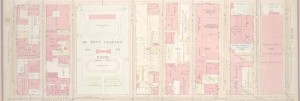
NYC Garden Maps, a WordPress site on community gardening in New York City
My map project on NYC Garden Maps is done. I am editing the final deliverables for presentation here, including a walking tour of the Bloomingdale neighborhood on the Upper West Side and a MetMuseum exhibition guide. Look for these shortly.
Also, I spent the summer with my linked data team refining our paper on “Linked Data for Cultural Institutions,” which has been accepted to ACM’s 2013 SIGDOC conference. This has been a challenging and extremely rewarding experience and I thank my teammates and co-authors, Julia Marden, Carolyn Li-Madeo and Jeff Edelstein of Pratt Institute. I celebrated the end of an intense summer with two weeks in the Massachusetts Berkshires.
Exhibit Review –
SILS Student Showcase
I was nominated to present three projects at the Pratt SILS Student Showcase on May 10, 2013, including a review of technology platforms for a digital humanities skillshare application; a group project on linked open data at cultural heritage institutions in which I studied the Australian War Memorial, EU Screen and the Deutsche National Bibliotek; and a group project on folksonomies and social tagging in museums, which was presented at the 2013 Information Architecture Summit.
A Survey of Digital Humanities Skillshare Applications, nominated for the Pratt SILS Showcase:
The DH skillshare website is available here: DH Skillshare
Linked Open Data for Cultural Heritage, group project nominated for Pratt SILS Student Showcase. Poster, presentation and paper below.
LOD for CH Poster:
LOD for CH Presentation:
Paper: Linked Open Data for Cultural Heritage
By Jeff Edelstein, Lola Galla, Carolyn Li-Madeo, Julia Marden, Alison Rhonemus, Noreen Whysel
Abstract: This paper surveys the landscape of linked open data projects in cultural heritage, exam- ining the work of groups from around the world. Traditionally, linked open data has been ranked using the five star method proposed by Tim Berners-Lee. We found this ranking to be lacking when evaluating how cultural heritage groups not merely develop linked open datasets, but find ways to used linked data to augment user experience. Building on the five-star method, we developed a six-stage life cycle describing both dataset development and dataset usage. We use this framework to describe and evaluate fifteen linked open data projects in the realm of cultural heritage.
Download the paper: Linked Open Data for Cultural Heritage
Poster: Folksonomies and Social Tagging in Museums, created with Kathleen Dowling and Dana Hart and presented at the 2013 Information Architecture Summit in Baltimore on April 5. This poster was nominated for the Pratt SILS Student Showcase on May 10:
The companion presentation, Folksonomies in Museums and other recent presentations are available at Slideshare.
IA Summit Poster Session
My poster: Folksonomies and Social Tagging in Museums, created with Kathleen Dowling and Dana Hart was presented at the 2013 Information Architecture Summit in Baltimore on April 5. This poster was also nominated for the Pratt SILS Student Showcase on May 10:
The companion presentation, Folksonomies in Museums and other recent presentations are available at Slideshare.


